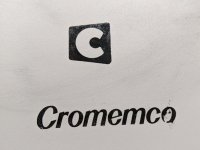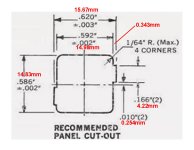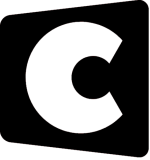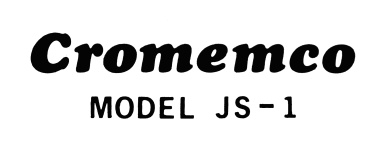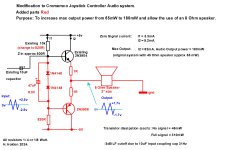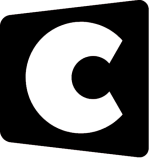I have been working the audio and speaker issues in my lab.
Essentially there are three problems:
1) the original audio system was a fairly low level affair.
2) If we are building replica units, we need a larger supply of suitable speakers. The occasional 45 Ohm original type might turn up, but not enough in the long run. And ideally the selected speakers are available in good numbers in the USA.
3) The Hammond enclosure we have selected (which I think is a good choice) is only 2.5" tall at the rear and that means, to be sure we have a good speaker fit, we need to move to a 2" speaker.
So the question is, how to solve all of these problems in one go ?
Firstly I would recommend we move to this 8 Ohm speaker:
The FRWS 5 SC, magnetically shielded 2" full-range driver, features a highly compact construction due to lightweight alnico magnet. Features a balanced frequency response from 350 Hz and good omnidirectional sound distribution.
www.ebay.com
Then all we have to do is add the components on the attached diagram, shown in Red.
This modification eliminates the need for an impedance matching transformer, eliminates the DC bias on the speaker and it increases the max output power of close to a factor of 3 and allows the 8 Ohm speaker and runs the transistors well inside their ratings.
I have tested this arrangement in my lab, not with a simulation, but the real parts. In practice this will sound louder than the original system. It depends on the speaker efficiency too. Generally newer design speakers are more efficient than older ones as they tend to have much more powerful magnets.
It is just a matter of adding the parts to an additional tag strip in there, still working on that layout.


